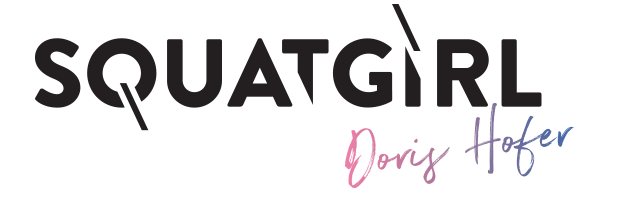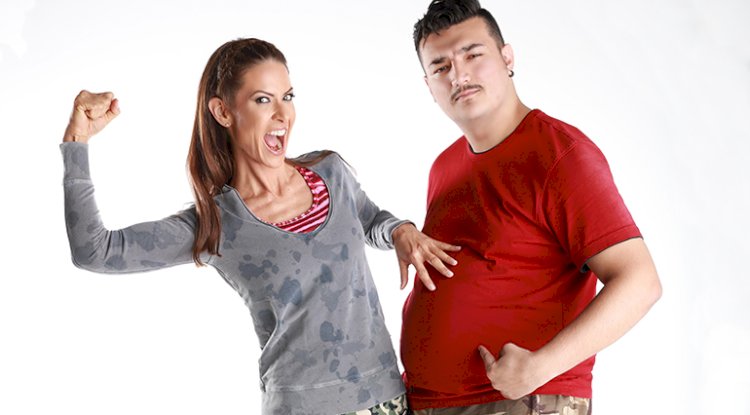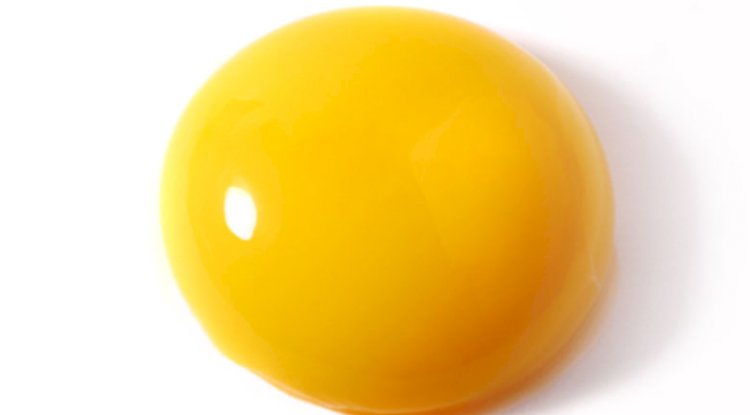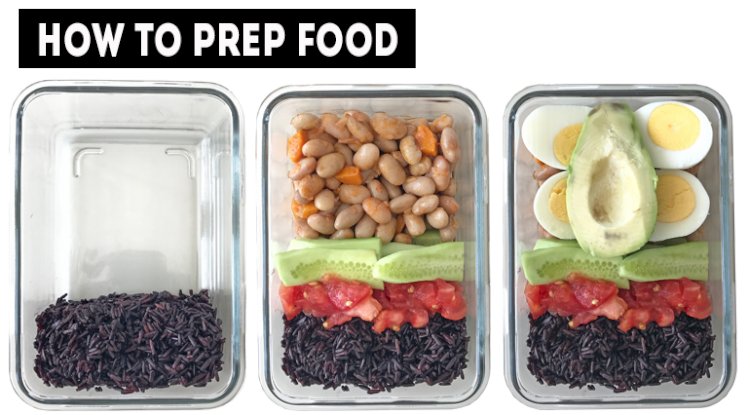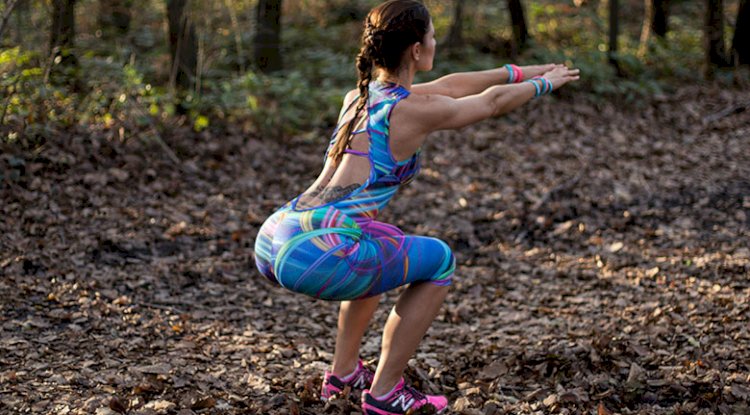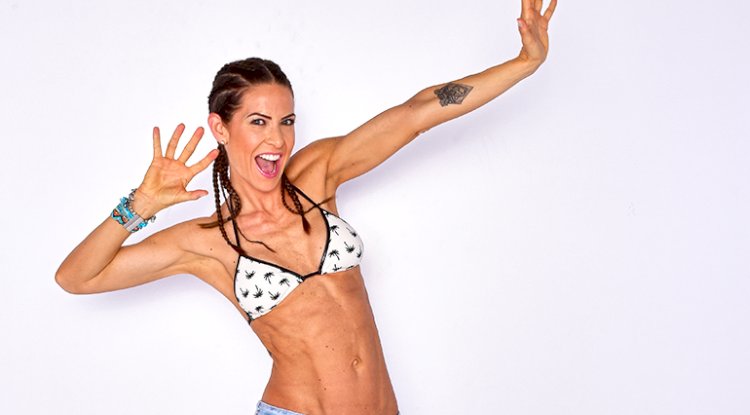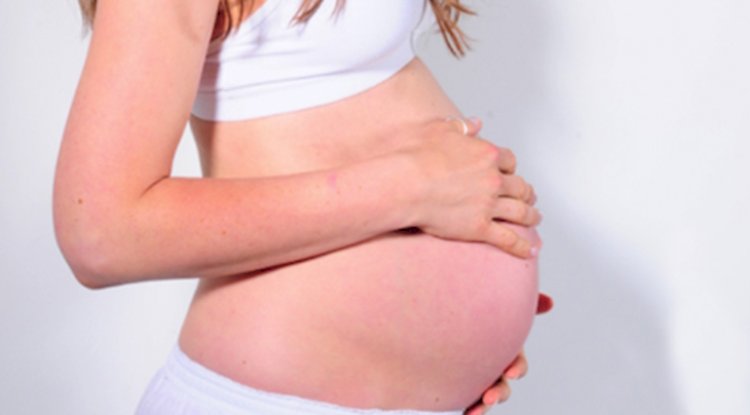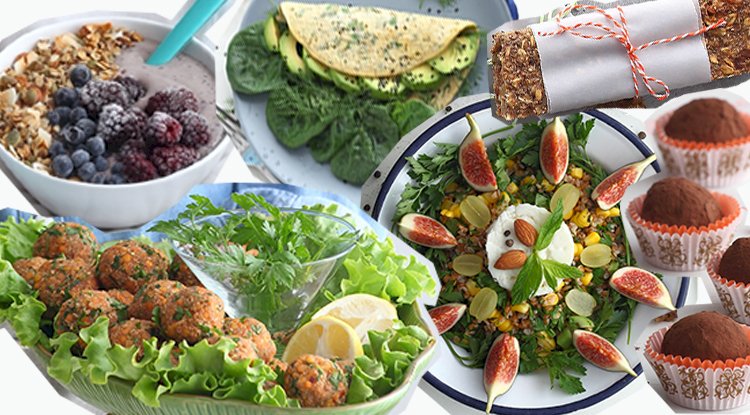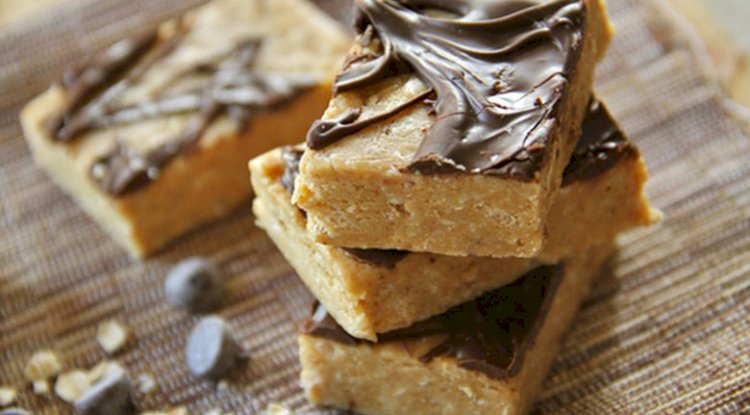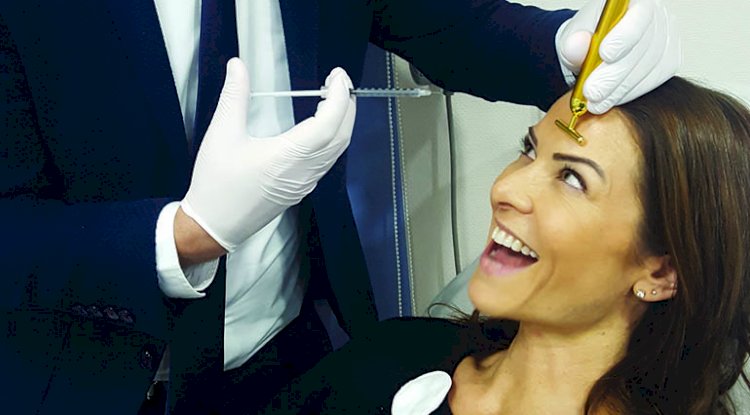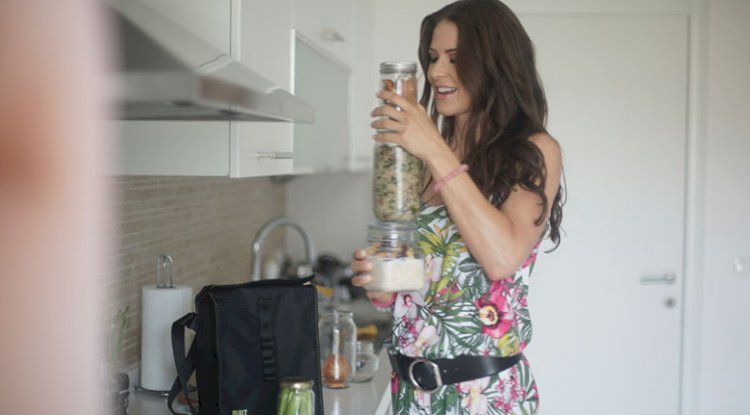“Healthy” debunked!
The information written on food packages can be very misleading but people also make wrong assumptions about what is healthy and what isn't.

Eating healthy can be quite a challenge because there is a powerful food industry that wants people to buy the products they sell. The simplest way to understand if something that you want to eat or drink is good for you, is to think about its origin. Where does it come from? Did it grow from the Earth? Did it once walk, swim or fly? If the answer is yes and if it hasn’t been processed by the time you want to get it, it is a healthy choice.
Try to avoid these ten foods that are usually thought of being healthy. They aren’t!
WHEAT TOAST BREAD: Be sure that the label says “100 percent whole wheat” because if it doesn’t, the wheat toast may actually have been prepared with refined grains and then “enriched” with added vitamins. In that case, you might as well be eating white bread, because you are eating just the starchy endosperm, not the healthy bran and germ. That kind of flour will provoke a spike in your blood sugar which will make you feel hungry again after a very short time. Keep in mind that even if you buy the healthier version of toast bread – there are still lots of preservatives and emulsifiers in it which you won’t have in unpacked bread. That’s why I buy fresh bread or bake myself, slice and then freeze it.
PROTEIN BARS: You may think that they are a healthy treat since they are called PROTEIN bars. But some of them should rather be called candy bars because they are spiked with sugar, syrup, emulsifiers, flavors, salt and colorants. The protein bar from Multipower even contains Collagen Hydrolysate which no one knows what it means. But I looked it up and learned that it’s gained from collagen found in the bones, skin and connective tissue of animals such as cattle or fish. I knew they use that stuff for Haribo gummy bears and marshmallows but would have never thought they mix it in a protein bar. They also write LOW SUGARS in big letters, but think about it, the plural of SUGARS already indicates that there are lots of different sugar types in it. And then under “Features and Benefits” they say ASPARTAME-FREE while they declare SUCRALOSE as an ingredient. They are both sweeteners! Most protein bars are crap, that’s why I decided to make my own and they are not only delicious in taste – they are also made with good sugars and fats only. Still, even mine have calories of course, so unless you’re engaging in high-intensity training workouts, you should eat them only for special occasions or cut down on your daily carbs ratio.
SPORT DRINKS: People tend to forget that sports drinks are designed for replenishing the bodies of athletes. If you just ran a marathon then you may definitely go for that energy drink too because you burned lots of calories and will need sugar to refuel your muscles. But if you are not running or pedaling for at least an hour, you will consume more calories from that bottle than you burned during the workout – which will lead to weight gain. One bottle (240 ml) of Gatorade contains 120 calories and 35 grams of sugar, which is about 9 teaspoons of sugar. That is why I strongly recommend to drink just water. Personally I sip about 1 liter of water throughout my workout, followed by 0,5 liter of protein shake which I prepare with water again.
TOFU: Prepared by a good cook, tofu really makes the difference in a sweet&sour dish for example. But if it has been fried in lots of oil, tofu won’t be any better than meatballs from the takeaway around the corner. I have been a vegetarian since 27 years and I remember my mother would buy us CORNATUR schnitzel or sausages from Migros. They tasted quite okay but of course the nutrition values are as disastrous as the meat equivalent’s. The target group for these products are people who look for fake meat products, especially newly converted vegetarians who think that tofu automatically will be healthier than meat. But if you care about health, you need to stay away from processed foods, because they contain unnecessary fats, salts and sugars. Next time you buy tofu, buy the dry version which looks like minced meat and is low in calories and fat or go for the fresh one.
PEANUT BUTTER: Don’t worry, I am not going to tell you that peanut butter is unhealthy. But be sure to choose the right one! Light or reduced-fat peanut butters sound like a great idea, less fat, right? The trouble is that usually the product was added more sugar to make up for the taste loss. More carbs is not an improved trade over fats. Be smart and spread only a thin layer on your bread or pancake, that is the most important you should know about peanut butter. Also always choose the organic and most natural one with no added sweeteners or salt.
LOW-FAT PRODUCTS: While aiming for less fat in your diet is a desirable goal, fat-free and low-fat foods usually come at a price: When the fat is removed from a product, its sodium and sugar content often increases, as does the thickener and chemical content, all in the name of trying to mimic full-fat flavor and mouth-feel. Fat is not per se a bad thing. Our body needs it to absorb important vitamins and minerals and regulate our hormones. Fat also helps us to understand when we are full, so we don’t overeat. Your goal shouldn’t be to eliminate all fats from your diet but rather to make sure you eat the unsaturated good fats.
SMOOTHIES: I’m often astonished to see how adults drink smoothies with a full meal or order one for their kid, expecting it to both drink the shake and finish up the food. You really need to check what they packed in your smoothie. Did they use fresh or frozen fruits only? Did they add any sugar, honey or ready juices? Was it prepared with water and ice-cubes or milk and yoghurt? Did they add any peanut butter or protein powder? If it is a chocolate smoothie, there may be chocolate or even ice-cream in it. Your smoothie may top 700 calories which is an awful lot considering the fact that you are supposed to eat about 2000 calories in a whole day. It’s okay to have a smoothie as a snack, but ask what’s inside!
CORN FLAKES: Probably because they are plain and not chocolate flavor, we tend to think that corn flakes are good for our kids. Conveniently they love them which makes it a popular breakfast when time is limited before sending them off to school. Guess why they adore those crispy golden flakes? Right, they are loaded with sugar. Of course it is okay for our little ones to have a bowl now and then; especially in the morning they need lots of energy. But it’s better to offer them porridge. I cook the oatmeal with a mashed banana and add a little honey for taste — my daughter is crazy about it. Her favorite is the version with fresh blueberries on top.
GRANOLA: I have already written on that subject but need to warn you about granola once more. Although the name is practically synonymous with HEALTHY, most types contain a startling amount of sugar. My friend told me she put on so much weight and couldn’t understand why since she is very cautious about her diet. When we went over her menu plan we found the reason – she had been eating granola for breakfast over a couple of months. If you crave granola: make it yourself and think that calorie wise it’s comparable to biscuits. So mix it with fresh fruits and yoghurt, rather than having a full bowl of granola.
PACKAGED MEALS: Even if it says “healthy choice” and shows you this beautiful picture of a plate with chicken, broccoli and rice – stay clear off ready meals. They are boosted with sugar, sodium and fats. Come on, you can buy a rice cooker, steam some broccoli and chicken. And since you already cooked, you may as well invite your training buddy over for dinner. As for the girls: It’s not so hard to wash a salad and top it with veggies, avocado, cheese and some nuts. Again, your girlfriend will be happy to join you, even if she didn’t made it to the gym before!
